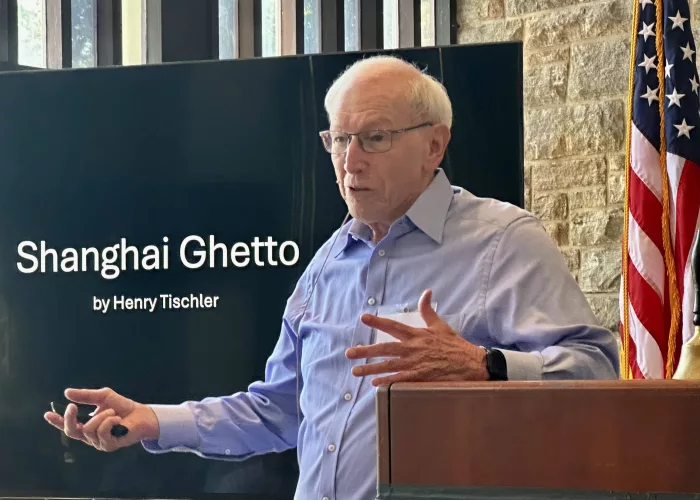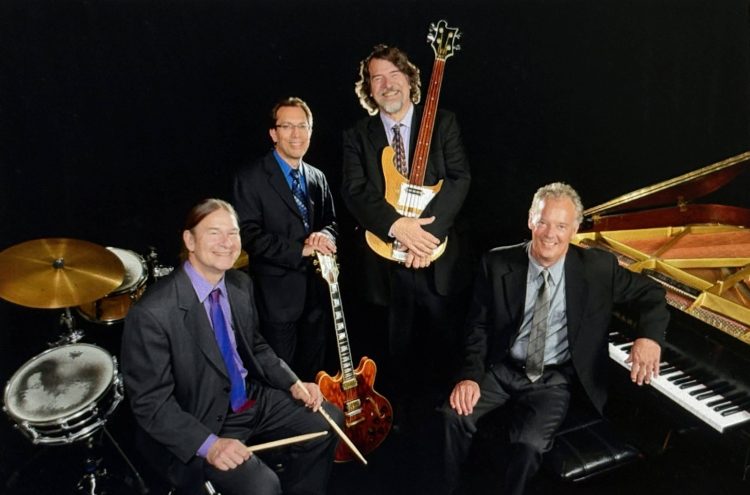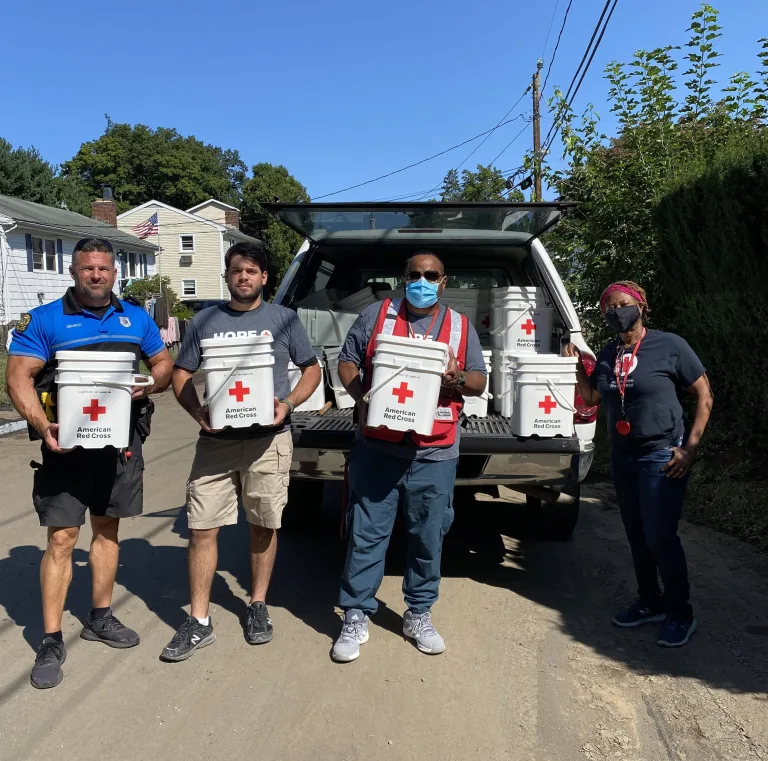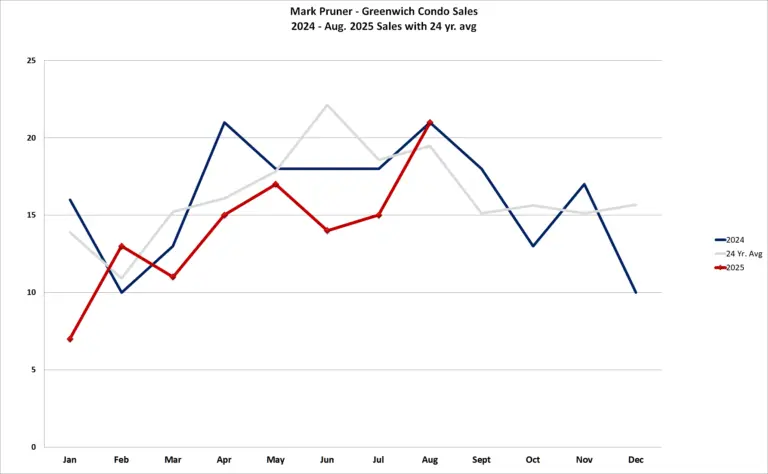
By Rick Donohue
In a poignant presentation at the June 25 meeting of the Retired Men’s Association, Henry Tischler, a sociology professor and member of the community, shared his family’s remarkable journey in a talk entitled “Safe Haven: My Family’s Escape from Nazi Germany to Shanghai.” The talk became even more compelling as Tischler recounted his narrow escape from a recently disrupted educational trip to Israel, experiencing bomb shelters and disruptions that echoed his family’s past. This personal experience underscored the historical narrative of survival and displacement that defined his early life.
Tischler began by tracing his family’s deep roots in Germany, where they had been integrated into society for generations. Despite the rising tensions under the Nazi regime, his family, like many others, initially believed the situation would blow over. The turning point arrived with Kristallnacht, the “Night of Broken Glass,” on November 9-10, 1938. This violent pogrom saw 267 Jewish synagogues burned and 7,000 Jewish businesses damaged or destroyed. During this event, approximately 30,000 Jewish men were arrested and sent to concentration camps like Dachau. Tischler’s father and grandfather narrowly avoided immediate arrest by happening to be not at home, only to find military officers searching for them upon their return. His grandfather, who had fought for Germany in World War I, naively believed his military service would protect him, a common sentiment among German Jews who had been fervent supporters of their country. Tragically, this belief proved false, and he was subsequently arrested and held in Dachau for three months.
Upon his release from Dachau in 1939, a grim condition was imposed: he had to leave Germany. However, this presented a profound dilemma, as most countries had closed their borders to Jewish refugees. The unlikely “safe haven” emerged in Shanghai. For a brief 11-month window, due to Japan’s invasion of China, Shanghai had no passport control, allowing refugees to disembark without visas. This unique circumstance saved between 16,000 and 18,000 Jews, including Tischler’s family. The journey itself, on a luxurious Italian steamship from Genoa, offered a temporary respite, but the reality of Shanghai was stark. Refugees, including Tischler’s family, were housed in crowded, squalid conditions, often relying on soup kitchens. Assistance came from organizations like the Joint Distribution Committee, tirelessly aided by individuals like Laura Margolis, whom Tischler described as a hero for securing funds from the United States to support the refugees.
The family’s ordeal was far from over. In 1942, Josef Meisinger, a Nazi representative, approached Japanese authorities with a plan to exterminate Shanghai’s Jewish population through starvation and overwork. Although the Japanese rejected this genocidal plan, they did require all Jews who had arrived after 1937 to relocate to the Hongkou Ghetto. This one-square-mile area was already home to over 100,000 impoverished Chinese, leading to extreme overcrowding, hunger, and outbreaks of diseases like smallpox, malaria, and typhoid fever. Tischler’s father contracted typhoid fever during this period. The refugees, cut off from news, were unaware that their desperate circumstances were still preferable to the horrors unfolding in Europe.
Life in the ghetto was controlled by a Japanese official named Kanoh Ghoya, who, despite being referred to as the “King of the Jews,” sometimes treated them harshly while also dispensing passes needed to leave the area. Despite the hardships, the refugees strove to create a semblance of normal life, establishing newspapers and schools, turning the ghetto into “Little Vienna.” The Japanese, while making life difficult, never actively participated in the Nazis genocidal plans, partly due to a mixture of respect for Jewish culture and an exaggerated assumption about Jewish wealth.
The war officially ended on September 3, 1945, the day Tischler was born, marking the disappearance of the ghetto boundaries. Even with the war over, leaving Shanghai proved challenging, taking Tischler’s family another 28 months. US Secretary of State Cordell Hull had maintained restrictive immigration policies, even turning away ships like the SS St. Louis. However, President Harry S. Truman issued directives granting priority to displaced persons, allowing many, including Tischler, to enter the United States. Tischler, born in China, was considered stateless, as China did not grant automatic citizenship by birth at the time.
Upon arrival in San Francisco and eventual relocation to Philadelphia, the family started anew with nothing. Tischler vividly described his father’s struggles: no formal education, limited skills, and poor English, forcing him into a demanding, low-paying factory job until retirement. Tischler himself faced academic difficulties in high school, but a counselor’s intervention and later his wife’s support proved pivotal in his path to becoming a professor.
His story, he reflected, encapsulates the “American immigrant story” – coming with nothing and building a life. He also noted that prominent individuals, such as Lawrence Tribe (a law professor at Harvard) and Peter Max (an artist), were among the displaced persons who came through Shanghai, highlighting the significant contributions of this immigrant group.
The talk can be viewed by going to the RMA website at https://greenwichrma.org, and clicking on “Speakers.”
The RMA’s upcoming presentation, “The Troublemaker: How Jimmy Lai Became a Billionaire, Hong Kong’s Greatest Dissident, and China’s Most Feared Critic” by Mark Clifford, is scheduled for 11 AM on Wednesday, July 9, 2025. RMA presentations are held at Christ Church Greenwich, Parish Hall, 254 E. Putnam Avenue, Greenwich, CT 06830.
Jimmy Lai escaped mainland China when he was twelve years old, at the height of a famine that killed tens of millions. In Hong Kong, he hustled and by his mid-twenties owned a factory that was supplying sweaters and shirts to some of the biggest brands in America. He was planning to create new businesses, but then came the Tiananmen Square democracy protest and the massacre of 1989.
His reaction to the violence was to start a newspaper to advocate for democracy in Hong Kong. Its mix of bold graphics, gossip, local news, and opposition to the Chinese Communist Party was an immediate hit. He also took his activism abroad, traveling frequently to Washington. China reacted with fury in 2019 when he met with Vice President Mike Pence and Secretary of State Mike Pompeo. A draconian new security law came into effect in Hong Kong in mid-2020, effectively making human rights advocacy and free speech a crime. Lai was arrested and convicted on trumped-up charges that could see him jailed for life, alleging “collusion with foreign forces” and printing seditious materials. China’s most famous political prisoner has been held in solitary confinement since 2020, while his supporters and family fight to have him freed. This is his story.
Mark L. Clifford is president of the Committee for Freedom in Hong Kong Foundation, an NGO dedicated to democracy, human rights, and the rule of law for the people of Hong Kong. Previously, he was executive director of the Hong Kong–based Asia Business Council, and a board director at Next Digital, the Hong Kong media giant founded and majority-owned by Lai. During his 28 years in Hong Kong, he served as editor-in-chief of both English-language newspapers, the South China Morning Post and The Standard, of which he was also publisher. He holds a PhD in Hong Kong history from the University of Hong Kong. Clifford has won numerous journalism, academic, and book awards, and is the author of The Troublemaker as well as Today Hong Kong, Tomorrow the World: What China’s Crackdown Reveals About Its Plans to End Freedom Everywhere.
To stream the presentation by Mark Clifford at 11 AM on Wednesday, July 9, click on https://bit.ly/30IBj21. This presentation will also be available on local public access TV channels, Verizon FIOS channel 24 and Optimum (Cablevision) channel 79.
Note: The views expressed in these presentations are those of the speakers. They are not intended to represent the views of the RMA or its members.
RMA speaker presentations are presented as a community service at no cost to in-person or Zoom attendees, regardless of gender. Any member of the public who would like to receive a weekly email announcement of future speakers should send a request to members@greenwichrma.org. The RMA urges all eligible individuals to consider becoming a member of our great organization, and thereby enjoy all the available fellowship, volunteer, and community service opportunities which the RMA offers to its members. For further information, go to https://greenwichrma.org/, or contact info@greenwichrma.org.




